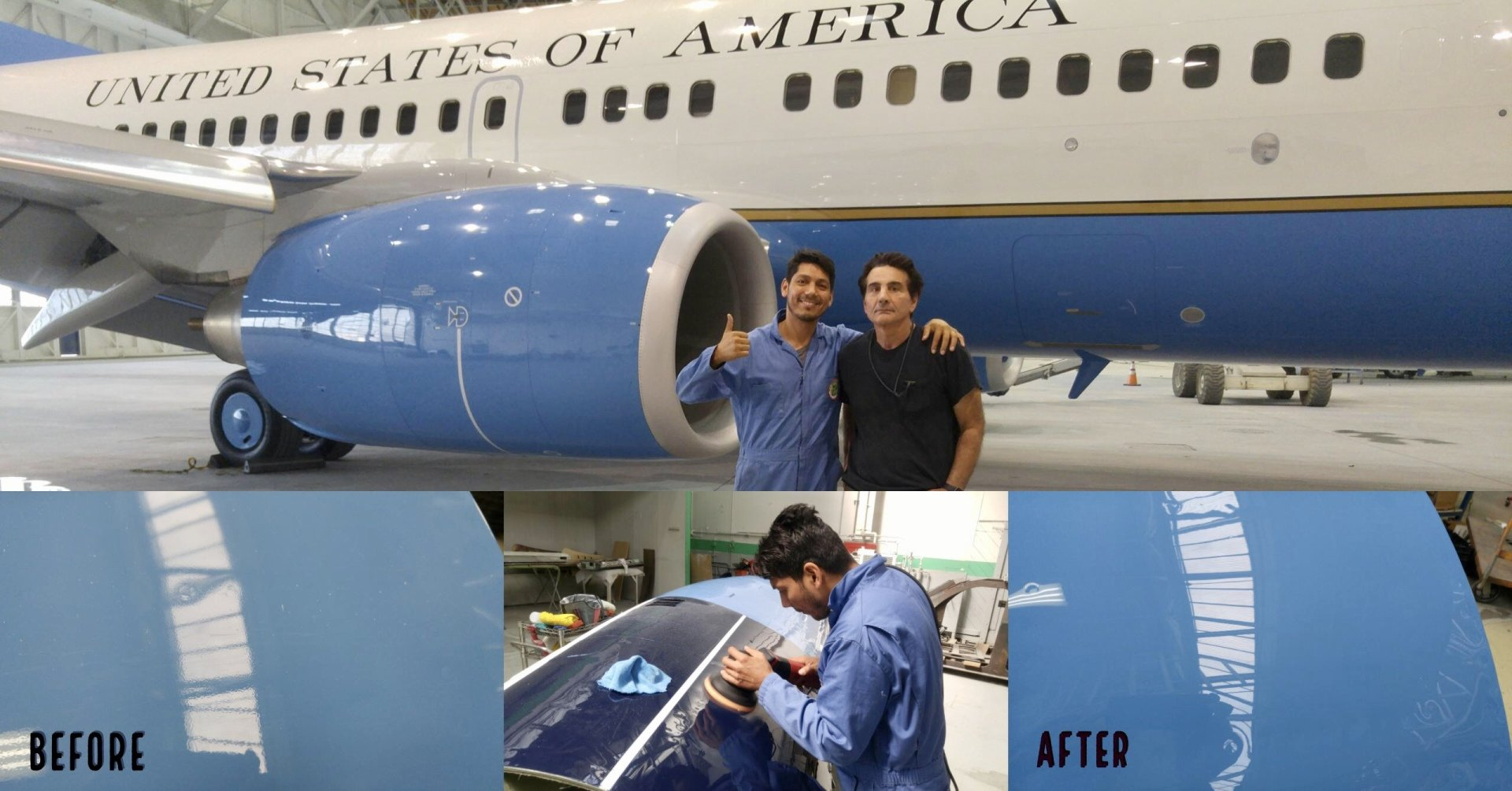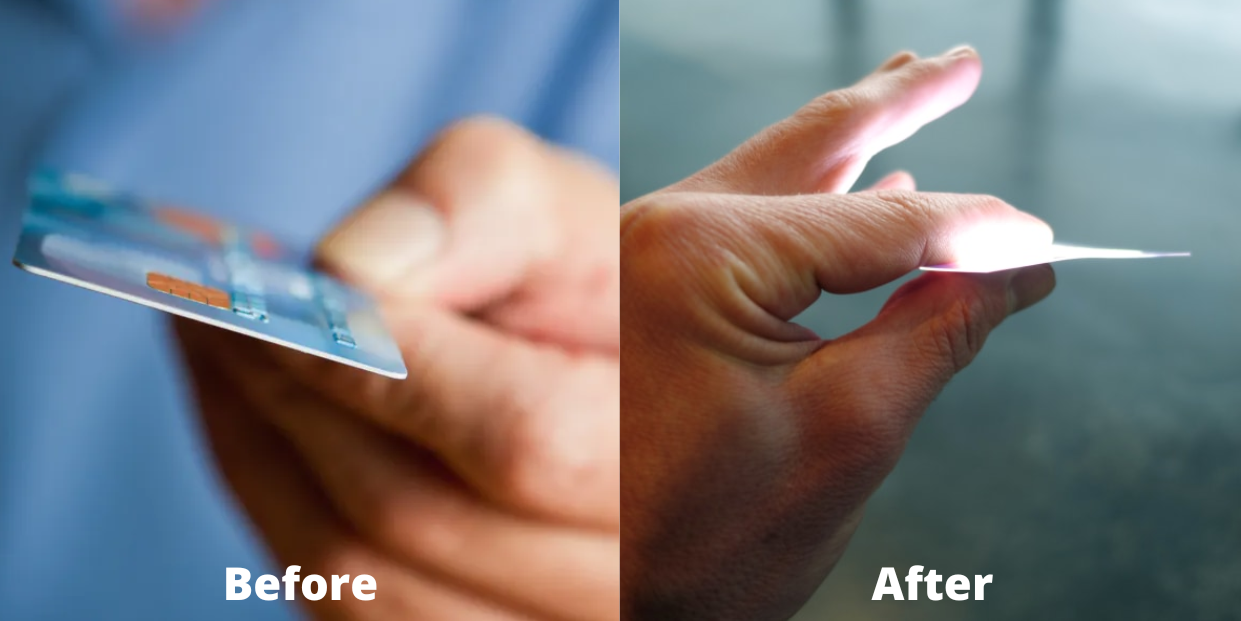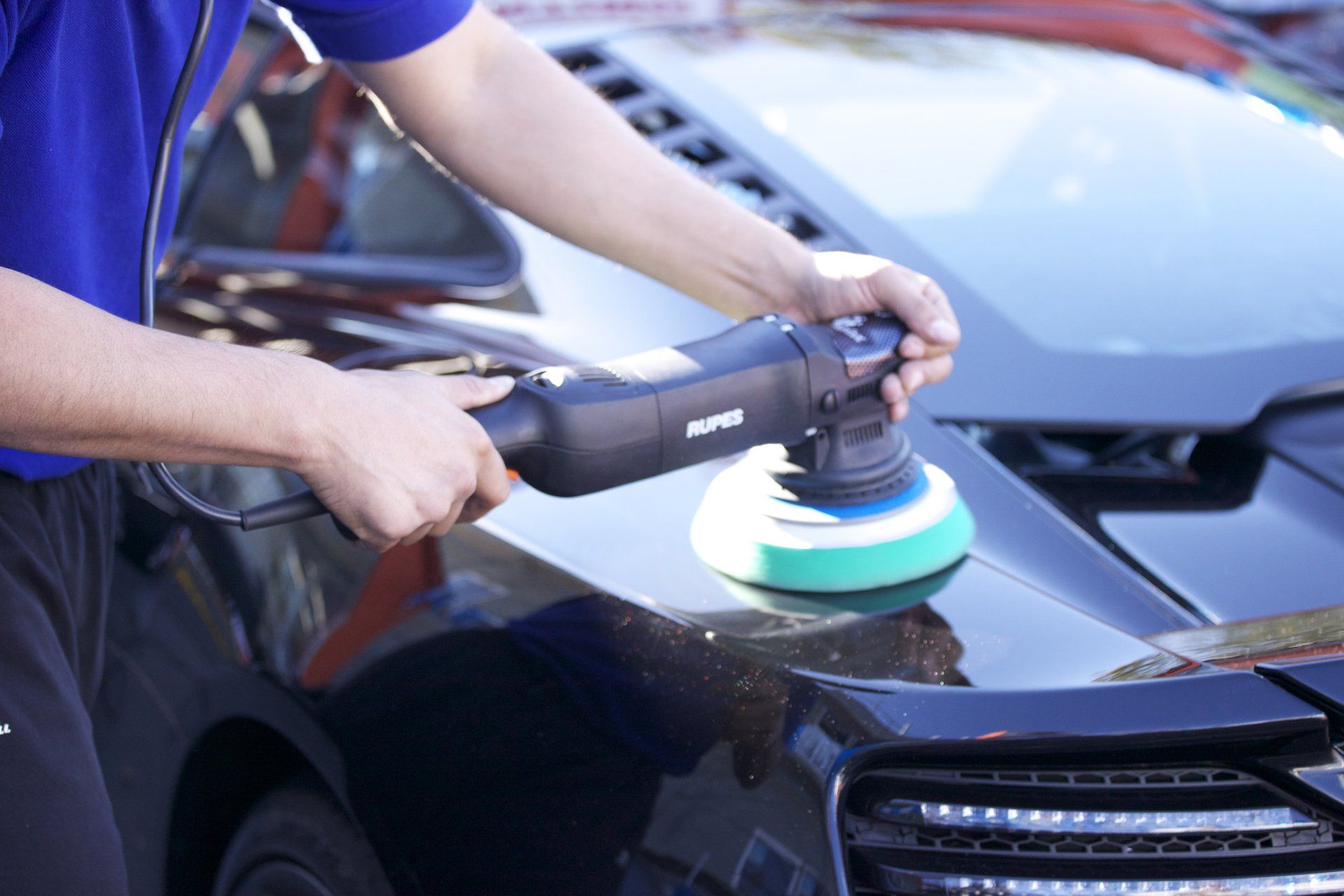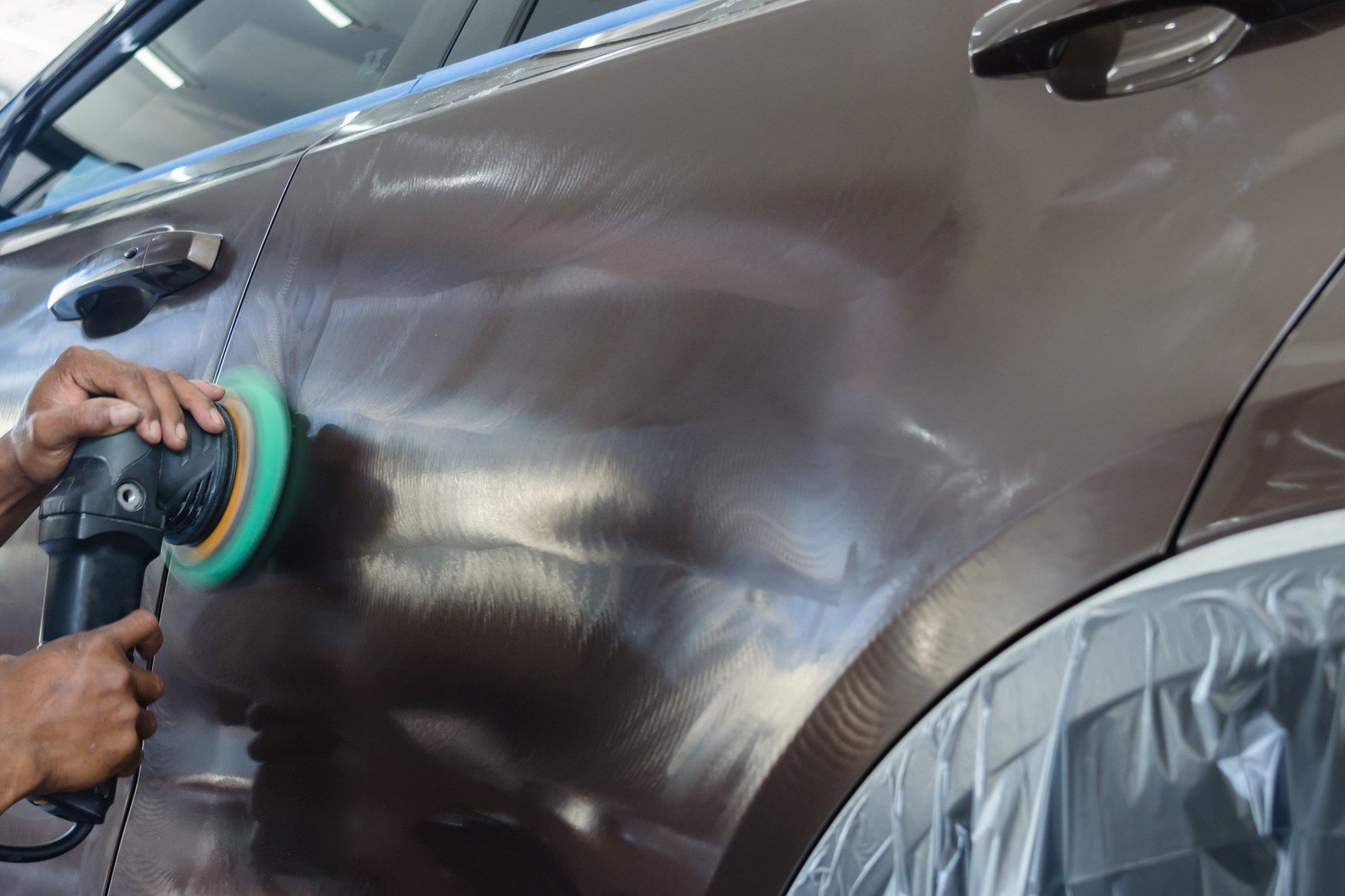Master instructor for Beverly Hills Mclaren, Lamborghini, and Air Force One (president's jet) reveals the dirty little secrets of the paint correction industry
SS

Whether through a DIY approach or professional service, restoring your car's paint can be a great idea, especially if your car has seen better days.
But there's a downside to this that you should be aware of – it can lead to some serious consequences.
That's why before doing anything you might want to read this first.....
There's one thing you need to understand and that's your car paint:
There are four layers in any car's paint: the E-coat, Primer, Basecoat, and Clearcoat. But, for our discussion, we'll focus on the Clearcoat because it acts as the final barrier between a glossy finish and a faded, scratched-up paint job.
Now, let's dive into more detail about it
Many people assume that the Clearcoat, being vital, is thick and durable.
But In reality, since the '90s (due to EPA regulations), it's become as thin as a piece of paper. This unexpected change makes it more vulnerable to damage than ever before.

Now that you have this insight
Let's take a look at the process of restoring your paint:
- Assessment:
A trained professional examines the car's paint to identify imperfections like scratches, swirl marks, oxidation and measure your paint thickness.

2. Preparation:
The car must be washed and cleaned before anything is done to your paint to remove dirt and contaminants. This part includes decontamination with a clay bar as well.

3. Polishing:
The first step in the restoration process. A light abrasive polish is applied to the paint, and a machine with a rotating pad gently rubs the surface. The polish contains fine particles that help to eliminate minor imperfections by gradually removing a very thin layer of the clear coat.

4. Compounding:
For deeper imperfections, compounding comes into play. It involves using a more aggressive abrasive compound and multiple passes that heat up the paint with a polisher to remove deeper scratches and swirl marks.

5. Finishing:
After polishing and compounding, a finishing polish is used to refine the surface. It further removes any remaining imperfections and enhances gloss.

On average this process removes 3-10 microns
Now let's recap, you know that your paint is very thin and vulnerable, and you also know the methods used to restore it
It is time to uncover the dirty little secrets of the industry:
-The 0.2 Micron Threshold:
"ONCE YOU REMOVE 0.2 MICRONS OF YOUR PAINT THEN ITS IMPOSSIBLE TO MAKE IT LOOK PERFECT AGAIN," Javier Virgen.
In simpler terms, if you remove even a fraction of your paint, achieving that perfect finish becomes a simple dream.
- Heat-Induced Damage:
Now, consider this: during the compounding stage, your car's paint heats up, an essential part of the restoration process. But, here's where another dirty little secret hides—many detailers fail to take the necessary precautions to prevent the paint from reaching the point of burning.
Therefore you end up with
-Financial Consequences:
The condition of your car's paint, whether it's ruined by clearcoat removal or burn damage, can have deep consequences.
This isn't just about appearance it also can have a great impact on your financial well-being, because the desire to make your car look great again, will leave you with only 1 option- repainting.
The cost of repainting your car can go up to 10s of thousands of $.
This is why Javier has released to the public for the first time a Mobile Free Paint Health Report where he comes to you and lets you know what's the safest solution for you and your car.
Now Let's get straight to the point, if having a glossier paint finish will make you feel like a badass then call, But if you're cool with a dull, faded-looking finish, well, that's free of charge.
New Paragraph

